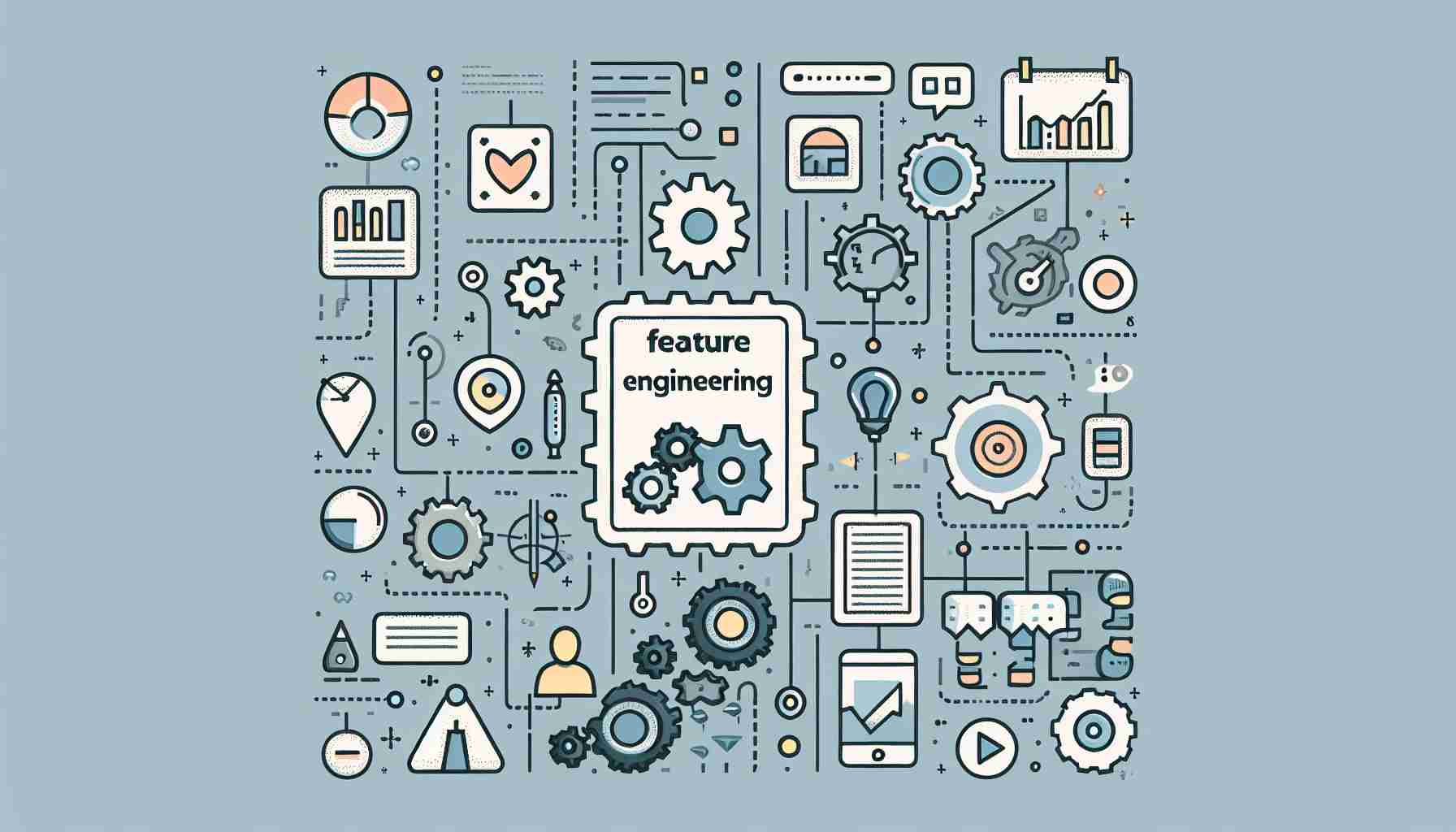Feature Engineering

Briefly Summarized
- Feature engineering is the process of transforming raw data into a format that is better suited for machine learning models.
- It involves creating, selecting, and transforming features to improve model accuracy and performance.
- Techniques include normalization, encoding categorical variables, creating interaction terms, and dimensionality reduction.
- Feature engineering requires domain knowledge to identify the most relevant attributes for the predictive model.
- It is an iterative and creative process that can significantly impact the success of machine learning projects.
Feature engineering is a critical step in the data analysis and machine learning pipeline. It involves the transformation and manipulation of data to create features that can significantly improve the performance of statistical models. In this article, we will delve into the intricacies of feature engineering, its importance, techniques, and best practices.
Introduction to Feature Engineering
At its core, feature engineering is about converting raw data into a dataset that a machine learning model can work with effectively. This process is not just a technical necessity but an art that combines domain expertise with analytical skills to enhance model training and predictions.
Feature engineering can be the difference between a mediocre model and a highly accurate one. It is often said that data scientists spend about 80% of their time on data preparation, including feature engineering, which underscores its importance in the field of data science.
The Process of Feature Engineering
The process of feature engineering can be broken down into several key steps:
-
Feature Creation: This involves generating new features from the existing data. For example, from a date column, one might extract day of the week, month, and year as separate features.
-
Feature Transformation: This step includes scaling and normalizing data, converting categorical variables into numerical values, and applying mathematical transformations.
-
Feature Selection: Not all features are useful. This step involves selecting the most relevant features to train the model, which can be done through various statistical techniques and domain knowledge.
-
Feature Extraction: In some cases, especially with high-dimensional data, it's necessary to reduce the number of features to the most informative ones. Techniques like Principal Component Analysis (PCA) are used in this step.
-
Feature Construction: Sometimes, combining two or more features can create a new, more predictive feature. This is known as feature construction.
Techniques in Feature Engineering
Feature engineering encompasses a variety of techniques, each suited for different types of data and problems:
-
Normalization and Standardization: These techniques are used to scale numerical features so that they have a consistent range or distribution. This is important for models that are sensitive to the scale of the data, such as support vector machines and k-nearest neighbors.
-
Encoding Categorical Variables: Categorical variables are transformed into numerical values through methods like one-hot encoding or label encoding, making them interpretable by machine learning algorithms.
-
Handling Missing Values: Missing data can be addressed by imputation methods, which fill in missing values based on other observations, or by creating binary indicators that signal the presence of missing data.
-
Dimensionality Reduction: Techniques like PCA or t-SNE are used to reduce the number of features while retaining most of the information. This is particularly useful for visualization and to avoid the curse of dimensionality.
-
Feature Interaction: Creating new features by combining two or more existing features can sometimes reveal relationships that are not apparent when considering the features independently.
The Role of Domain Knowledge
Domain knowledge plays a crucial role in feature engineering. Understanding the context of the data allows data scientists to create meaningful features that reflect the underlying patterns and relationships. For instance, in finance, the debt-to-income ratio might be a powerful feature for predicting loan default, which requires specific industry knowledge to compute.
Challenges in Feature Engineering
Despite its importance, feature engineering is not without challenges. It can be time-consuming and requires a deep understanding of both the data and the problem at hand. Additionally, there is a risk of introducing bias or overfitting the model to the training data, which can reduce its generalizability.
Conclusion

Feature engineering is a fundamental aspect of the data analysis process that can greatly enhance the performance of machine learning models. It is a blend of science and art, requiring both technical skills and domain expertise. As machine learning continues to evolve, feature engineering remains a critical skill for data scientists looking to build robust and accurate predictive models.
FAQs on Feature Engineering
Q: Why is feature engineering important? A: Feature engineering is important because it directly impacts the performance of machine learning models. Well-engineered features can lead to more accurate predictions and insights.
Q: Can feature engineering be automated? A: While some aspects of feature engineering can be automated, such as through feature selection algorithms, the process often benefits from human intuition and domain expertise.
Q: How does feature engineering differ from feature selection? A: Feature engineering involves creating and transforming features, while feature selection is about choosing the most relevant features from the engineered set for model training.
Q: Is feature engineering necessary for all machine learning projects? A: While not all projects may require extensive feature engineering, it is generally considered a best practice to evaluate and potentially enhance the feature set for better model performance.
Q: How do you know when to stop feature engineering? A: The feature engineering process can be stopped when additional efforts do not lead to significant improvements in model performance, or when the model achieves the desired level of accuracy.
Sources
- Feature engineering
- Feature engineering - Wikipedia
- What is Feature Engineering? - AWS
- What is Feature Engineering? | Domino Data Science Dictionary
- What is Feature Engineering? - GeeksforGeeks
- Introduction to Feature Engineering – Everything You Need to Know!
- Learn Feature Engineering Tutorials | Kaggle
- Representation: Feature Engineering | Machine Learning
- 8 Feature Engineering Techniques for Machine Learning - ProjectPro
- What is Feature Engineering? Definition and FAQs | HEAVY.AI